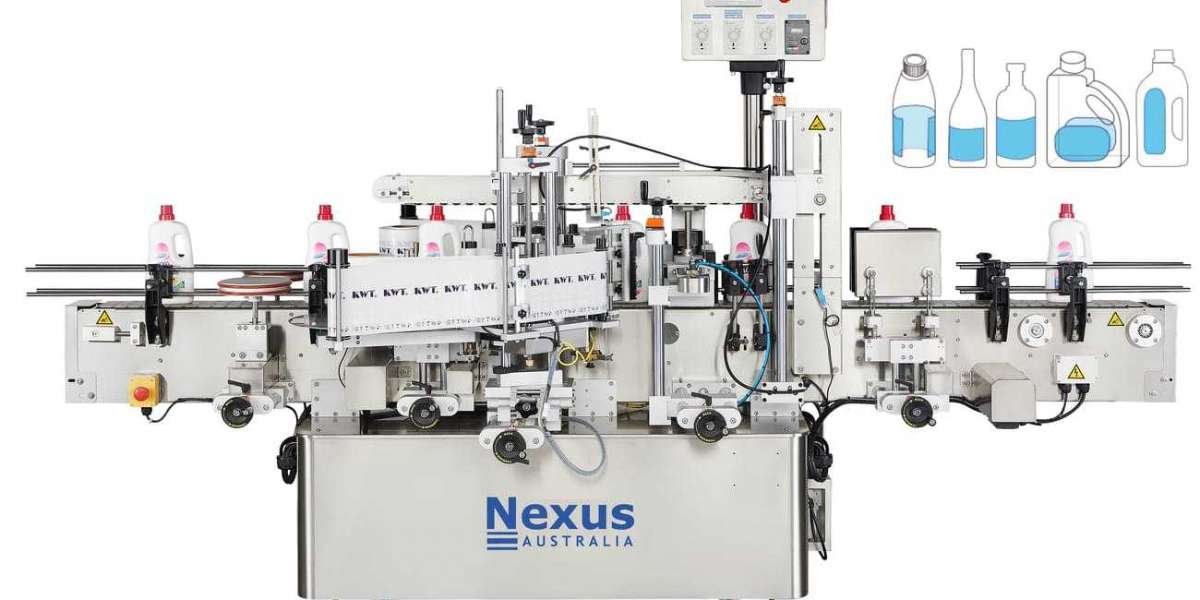The surging prevalence of exertional heat-related illness (EHRI) among sportspersons and military personnel, owing to the hot and humid conditions in summer in Japan, is fueling the adoption of heat stress monitors in the country. EHRI is defined as a range of heat-related illnesses that occur during exercise and sports activities performed under high ambient temperatures and humidity. Heat exertion stroke (EHS) is the most extreme type of EHRI. EHS is a critical heat-related illness caused by the overheating of the body, owing to prolonged exposure to extreme temperatures, and requires immediate medical attention.
Moreover, increasing advancements in wearable technology will accelerate the Japanese heat stress monitor market at a CAGR of 7.05% during 2021–2030. The market valued $1.98 million in 2020, and it will generate $3.96 million revenue by 2030. Compact, personal, and wearable heat stress monitors detect the physiological heat response of people from their bodies directly. These devices enable minute-by-minute data logging to enable close monitoring of personal heat stress levels.
Additionally, strict government regulations on heat stress management in manufacturing facilities and office spaces will fuel the adoption of heat stress monitors in the country. The Ministry of Health, Labour and Welfare (MHLW) of Japan has issued administrative instructions to prevent heat strokes. One of the administrative instructions named "Prevention of Heat Stroke in the Workplace" (Notice from the Director of the Labour Standards Bureau, MHLW, document number 0619001) mandates the measurement of the wet bulb globe temperature (WBGT) at workplaces.
At present, companies such as Teledyne FLIR LLC, TSI Incorporated, Nielsen-Kellerman Co., Fujitsu Ltd., Kyoto Electronics Manufacturing Co. Ltd., Sato Keiryoki Mfg. Co. Ltd., Keyance Corporation, Besantek Corporation, General Tools Instruments LLC, and Sper Scientific Ltd. are manufacturing fixed and handheld/portable heat stress monitors in Japan. In the recent past, fixed heat stress monitors have been preferred over handheld/portable variants, due to their largescale adoption in manufacturing facilities of the country. Whereas, in the forthcoming years, handheld/portable variants will be adopted at the highest rate, due to the increasing number of workplaces and convenience offered by them.
Heat stress monitor manufacturers are currently focusing on acquisitions and product launches to expand their customer base in Japan. For instance, in February 2018, TSI Incorporated acquired the personal safety division and Oconomowoc facility of 3M Company. This division and facility focus on the production of environmental, noise, and heat stress monitoring systems. Furthermore, in June 2018, TSI Incorporated introduced a new line of heat stress, noise, and environmental instrumentation under the brand name Quest.
Geographically, Kanto led the Japanese heat stress monitor market in the preceding years, due to the rapid urban development and presence of a vast population in the region. The Kanto region comprises six prefectures — Kanagawa Prefecture, Saitama Prefecture, Tochigi Prefecture, Ibaraki Prefecture, Chiba Prefecture, and Tochigi Prefecture and Tokyo metropolis, which account for 33% of the country's population. For instance, the World Population Review states that the population of Tokyo stood at 37.4 million in 2020. Additionally, the reputation of this region as the economic and political center of the country propels the installation of heat stress monitors.
Thus, the increasing incidence of EHRI and the rising technological advancements in wearable technology will fuel the adoption of heat stress monitors in Japan.



